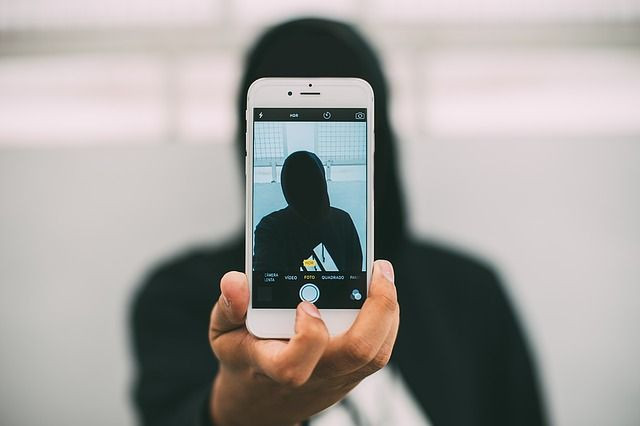What Instagram Shows About You: Darker-Colored Posts May Hint At Depression

Instagram posts give family, friends, and the outside world a snapshot of our personal lives. Editing photos with filters can bring out the "photographer" in us, and also may reveal something of our mental state. Photos taken, edited, and shared on Instagram may capture signs of depression via filters, the number of faces shown, and colors used, according to a study published on arxiv.org and which is currently undergoing peer review.
Researchers Andrew Reece from Harvard University and Christopher Danforth from the University of Vermont used a computer algorithm to analyze galleries of photos posted to Instagram to predict if the users had depression. Computers trained on signals like hue, facial recognition, and saturation were better at predicting depression than average humans who analyzed photos' subjective elements, such as happiness, sadness, likeability, and “interestingness.” The researchers believe Instagram could possibly be used as a screening tool for depression.
"The algorithm we used looks for complex, systemic patterns across many data points to infer clues about individual psychology. If someone posts a dark, bluish photo to Instagram, it shouldn't necessarily be a red flag for their therapist — that person could just like photos of whales, or blueberries." Danforth and Reece told the The Daily Dot.
In the study, the researchers asked 166 Instagram users for permission to analyze their posts, and whether or not they had a diagnosis of clinical depression from a mental health professional. The photos were analyzed in two different ways: Workers on Amazon Mechanical Turk — where you can make money by completing “Human Intelligence Tasks” — were asked to rate images on a scale of zero to five based on how likable, happy, interesting, and sad they were. Then, the algorithm analyzed pictures based on color and brightness, number of faces in the photo, use of Instagram filters, and metadata, including number of comments or likes. These categories have some correlation to what people already know about depression.
For example, a 2010 study published in the journal BMC Medical Research found people with depression or anxiety were more likely to associate their mood with the color gray, while happier people preferred yellow. Moreover, dark blue was associated with a poor mood than light blue, suggesting the shade of color is more important than the color itself. This could help doctors gauge the moods of patients who may have trouble expressing themselves verbally.
In Danforth and Reece’s study, the computer program was able to find associations in the Instagram posts that supported the theory on color and mood. People with depression tend to post photos that are bluer, darker, and grayer. They also tend to have more comments on their posts, but fewer likes. Compared to healthy participants who favored Valencia and warmer tones for filters, depressed participants were less likely to use any filters, but when they did, they went for Inkwell, which makes everything black and white.
Moreover, depressed participants posted more photos with faces, but the number of people in each photo was lower. The researchers are still considering what this could mean, but they believe it may indicate they have smaller social circles.
These findings provide further evidence social media can heighten the risk for depression. Previous research has noted a link between the amount of time spent on social media and the users’ risk for depression. Those who checked their social media most frequently were 2.7 times more likely to be depressed compared to those who checked less often. Those who spent the most amount of time on social media throughout the week had 1.7 times the likelihood of depression. However, it’s not clear whether depressed users are more likely to go on social media, or using social media made these users more depressed.
Danforth and Reece caution their algorithm cannot truly diagnose someone with depression or rule it out the way a psychologist or psychiatrist would. The computer's findings were not directly tested against clinicians analyzing the same photos of depressed patients. Rather, these programs could help clinicians identify people who are struggling and need help immediately. Typically, patients wait several months on average between when depression sets in and seeking treatment.
Social media sites like Instagram could become useful for early screenings of depression even before a doctor visit.
Source: Reece AG and Danforth CM. Instagram photos reveal markers for depression. 2016.
Published by Medicaldaily.com



























